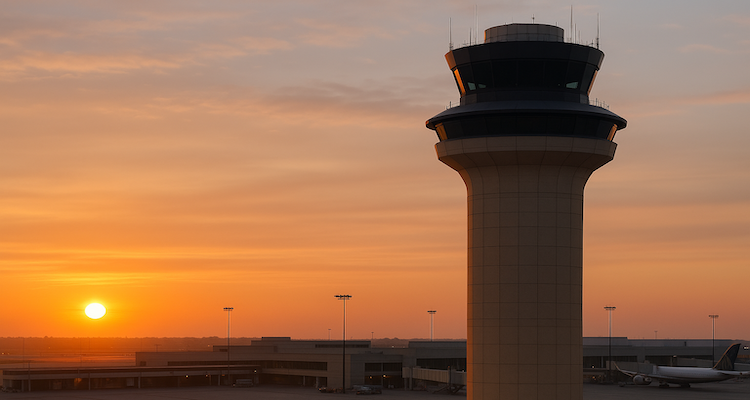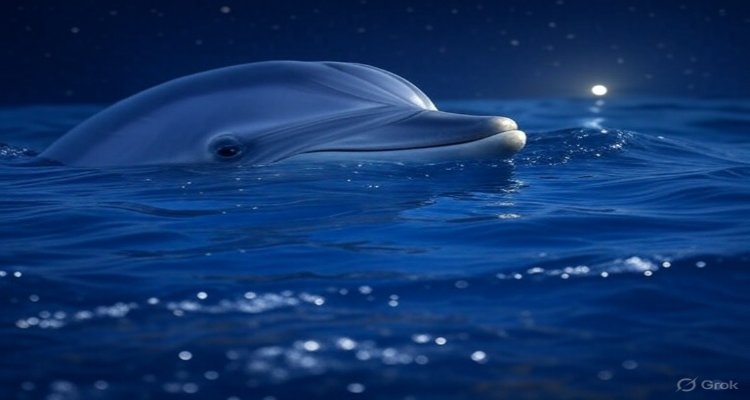Why Some Animals Refuse to Sleep Like We Do
“Why do dolphins, giraffes, and birds sleep so differently from us? Explore the science behind animal sleep and why some species refuse to rest like humans.”
Introduction
Sleep is often described as a universal biological necessity, but when comparing humans to the animal kingdom, the picture grows more complex. While humans typically dedicate uninterrupted hours to deep rest, some species barely sleep, others sleep with half their brain awake, and a few thrive on patterns that defy conventional understanding of “nighttime rest.” This fascinating diversity raises an essential question: why do some animals refuse to sleep like we do?
Context & Background
For humans, sleep is a highly structured process involving cycles of light and deep stages, crucial for memory, healing, and survival. However, evolution has shaped rest differently across species. In harsh environments, where predators or migration demand constant vigilance, animals have developed evolutionary adaptations to minimize vulnerability. In some cases, they redefine what “sleep” looks like altogether.
Biologists categorize rest in animals along a spectrum. Some experience rapid eye movement (REM) sleep as humans do, while many skip it entirely. Marine creatures, migratory birds, grazing mammals, and even insects display behaviors that challenge the human-centric definition of slumber.
Main Developments – How Animals Sleep Differently
-
Marine mammals and unihemispheric sleep
Dolphins, whales, and seals exhibit an extraordinary adaptation called unihemispheric slow-wave sleep. One half of their brain remains active while the other rests. This allows them to surface for air and guard against predators even while asleep. Unlike humans, they can survive with this “half-sleep” indefinitely. -
Migratory birds – sleep while flying
Certain bird species, like the great frigatebird, can literally nap in flight. Studies using brain monitors have shown that they engage in microsleeps lasting only a few seconds, but just enough to sustain long journeys across oceans. Their survival requires rest innovation that humans could never physiologically endure. -
Prey animals – light and fragmented sleep
Giraffes and horses sleep far less than humans, sometimes only a few minutes at a time. Remaining in a vulnerable state for hours would expose them to predators, so evolution trimmed their rest. Giraffes, for example, average less than two hours of sleep per day, often standing upright. -
Reptiles and insects – sleep without dreams
Sleep in creatures like reptiles or insects doesn’t feature REM but instead shallow, simple cycles of inactivity. This kind of sleep supports energy conservation without the higher-order brain processes humans associate with rest.
Expert Insight and Public Reaction
Dr. Jerome Siegel, a neuroscientist at UCLA who has studied sleep across species, notes that “sleep is not a one-size-fits-all biological function, but rather a flexible process shaped by environmental pressures.” Evolutionary biology suggests that animals trade depth of sleep for survival tactics — a dolphin cannot risk drowning, nor can a giraffe risk being surprised by predators while dozing on the ground.
For the general public, these findings can be both surprising and oddly reassuring. They highlight the extraordinary variety of life and remind us that even something as mundane as rest is not universal, but adapted for survival.
Impact & Implications
Understanding how different animals rest has implications far beyond wildlife biology. Medical researchers study unihemispheric sleep with hopes of applying insights to human medicine. Could stroke patients, for example, benefit from learning how to let part of the brain rest and heal while the other remains active? Similarly, analyzing the minimal sleep requirements of animals like giraffes may help scientists learn more about sleep disorders such as insomnia.
There are also technological applications. Engineers studying migratory birds’ sleep patterns are exploring new models for pilot fatigue management and long-duration space travel. If humans could one day mimic microsleeps without losing efficiency, it could revolutionize how we approach work, safety, and performance under extreme conditions.
Conclusion
While humans depend on a consolidated block of nightly sleep, many animals have evolved strategies that prioritize survival over comfort. Dolphins sleep with half their brain; birds nap in the skies; giraffes stand vigilant while dozing lightly. These remarkable variations remind us that sleep, far from being universal, adapts to the needs of survival. By studying these differences, scientists continue to uncover fresh insights into both the animal kingdom and, potentially, our own future biological possibilities.
Disclaimer : This article is intended for educational and informational purposes. It is based on research from reputable scientific sources on animal behavior and sleep. It should not be considered medical advice.











